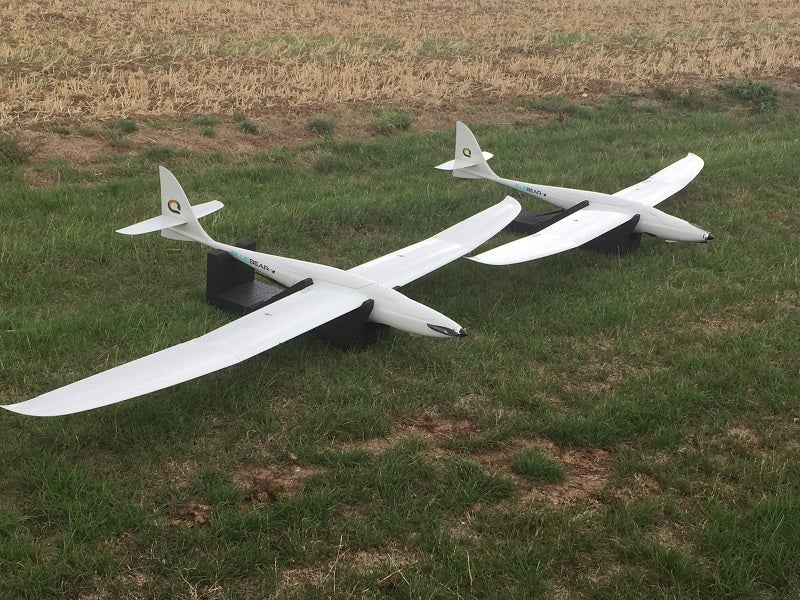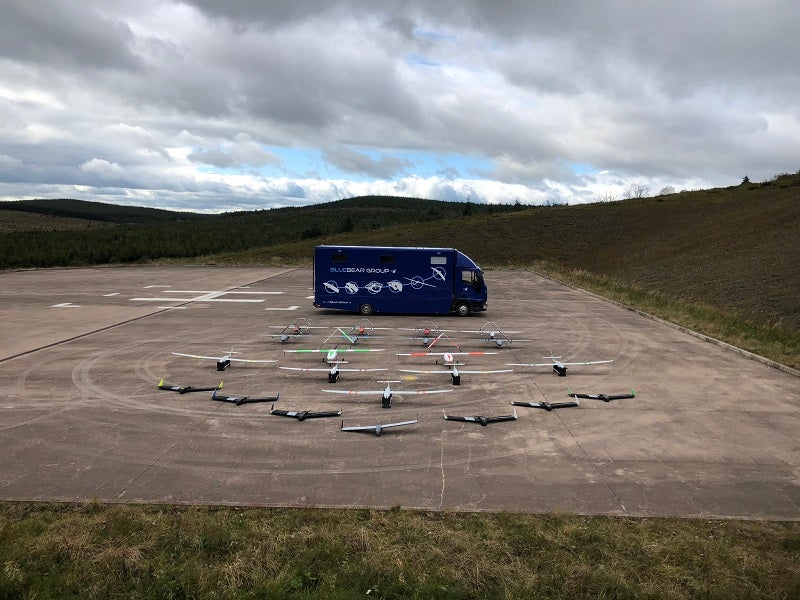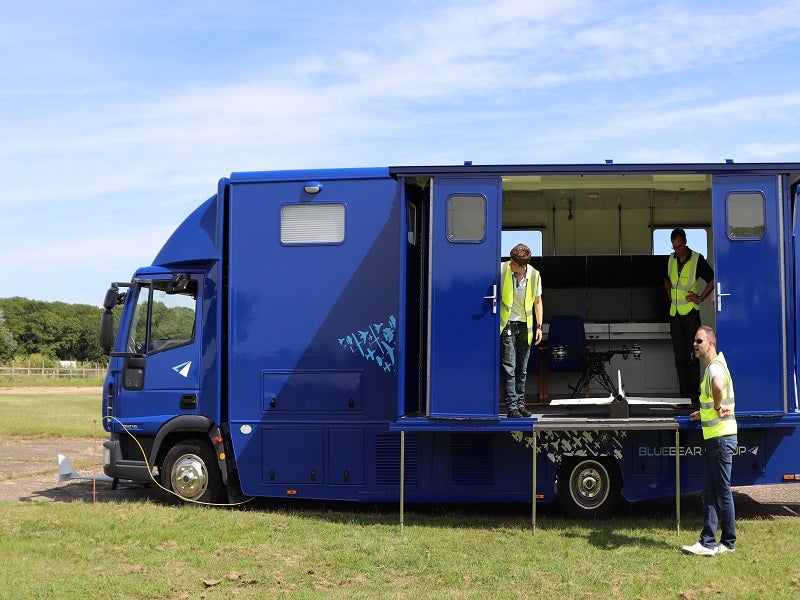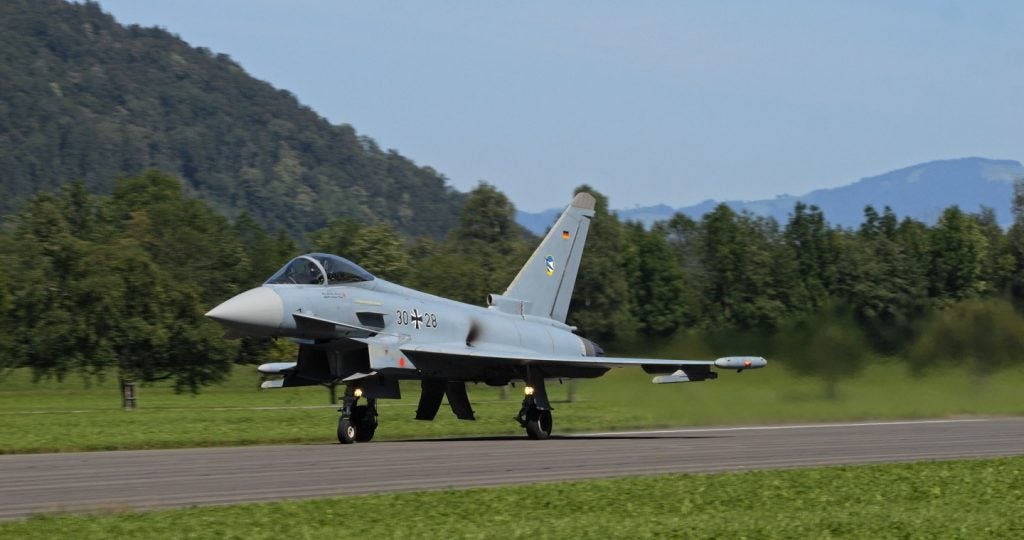Cobra is a highly mobile, fixed-wing unmanned aerial system (UAS) manufactured by UK-based technology company Blue Bear Systems Research (Blue Bear). It is designed to support intelligence, surveillance and reconnaissance (ISR) missions.
The UAS was demonstrated in an exercise comprising a swarm of 20 drones as part of the ‘Many Drones Make Light Work’ project of the UK Ministry of Defence’s (MoD) Defence Science and Technology Laboratory (Dstl).
Many Drones Make Light Work project details
The Many Drones Make Light Work project aims to develop an advanced drone swarming technology that will allow a swarm of UASs to operate in a teaming arrangement in support of a collaborative mission.
Phase one of the project was started in August 2016, under which the Centre for Defence Enterprise (CDE) allocated £1m ($1.28m) for the competition. CDE later transitioned to Defence and Security Accelerator (DASA).
A consortium led by Blue Bear was awarded third phase funding of £2.5m ($3.3m) for the development of drone swarm technology in 2019. The consortium also comprises IQHQ, Plextek DTS, Airbus, and the University of Durham.
The third phase involved the integration concept evaluation to explore the military utility of deploying a swarm of up to 20 drones.
Blue Bear and Dstl completed the evaluation of the drone swarm in October 2020. The swarm of 20 drones included Cobra, Ghost/Modular Ghost vertical take-off and landing (VTOL) fixed-wing UAS, RedKite fixed-wing UAS, and Flat Pack hand-launched UAS. The trials lasted two weeks and included more than 220 sorties.
The company also demonstrated a fully autonomous suite of drone swarm assets comprising RedKite and Cobra fixed-wing systems under Beyond Visual Line of Sight (BVLOS) conditions in April 2020. Equipped with automatic dependent surveillance-broadcast (ADS-B) technology, the drones flew for 15 hours over four days.
Cobra UAS design details
The airframe of Cobra UAS is rugged in construction, which allows it to withstand up to 500 flight cycles. The design provides an advanced UAS with high flexibility. The fixed-wing aircraft fits into a backpack and can be deployed in harsh environments.
Cobra UAS has a wingspan of 3.1m, while its maximum take-off weight (MTOW) is 8kg. It can be operated by a two-member team. The UAS incorporates the latest unmanned aerial vehicle (UAV) technology.
The system can be launched using a lightweight bungee system from unpaved land or a ship. It has a maximum endurance of approximately three hours and can reach altitudes up to 5,000m.
The manufacturing requirements for Cobra are minimal, which ensure a quick production cycle. The unmanned system also provides a high level of autonomy, while its high repairability ensures sustainable and low-cost maintenance throughout the product life.
The unmanned aircraft employs a miniaturised and highly integrated retraction mechanism to carry an electro-optical/infra-red (EO/IR) gimballed payload.
Swarming command and control system
The swarm of drones was commanded by three operators in Blue Bear’s Mobile Mission Command System (MMCS), a mobile field-deployable system, during the demonstration in 2020.
MMCS can be installed with Blue Bear’s Centurion multi-domain fractionated swarming command and control (C2) system.
The Centurion C2 system can be used to control swarms of drones using a single command centre, or via multiple, localised, field-deployed units.
The company added a new satellite communications (Satcom) capability to Centurion in August 2020. The Satcom feature allows the C2 system to be deployed anywhere in the world.









